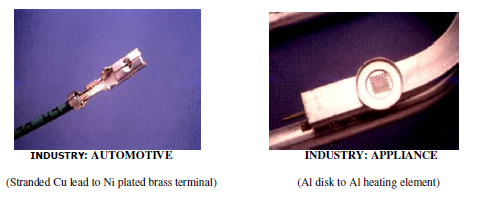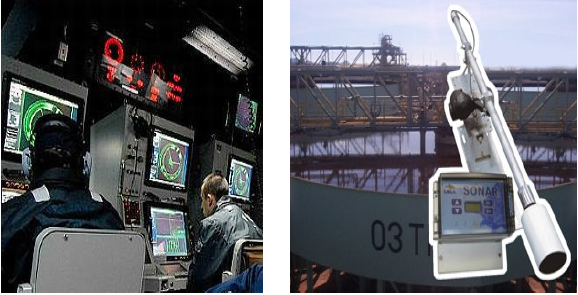SKEDSOFT
Ultrasonic Cleaning applications:
Ultrasonic Cleaners in Scientific Labs: Lab Glassware, Test Tubes, Pipettes, Optical & Contact Lenses, Eyeglass Frames, Scientific Instruments, Components
Ultrasonic Cleaners in Industrial Manufacturing: Switches, Relays & Motors, Gears, Precision Bearings, Metal & Plastic Parts, Assemblies
Ultrasonic Cleaners in Electronics Manufacturing PC Boards, SMDs, Ceramic Substrates, Capacitors, Lapping Heads, Packaging Components, Quartz Crystals, High-resolution Glass Plates
Ultrasonic Cleaners in Medical & Dental Labs: Cannulae, Syringe Parts, Surgical Instruments, Blood Oxygenators, Dental Instruments, Burs, Dentures, Caps, Plates
Ultrasonic Cleaners in Jewelry Manufacturing: Watches, Clock Movements, Precious Metals & Gemstones, Intricate Settings, Chains, Charms, Coins
Ultrasonic Welding Applications:

Ultrasonic metal-welding is an advanced technical process for combining nonferrous metals, stranded wire and many metal-alloys. It is a cold-phase friction welding technique; there is no melting, no high-temperature buildup. The surfaces being joined are subjected to highfrequency mechanical oscillations while being rubbed together under pressure. The molecules of the surfaces begin to swirl and intermingle with one another, creating a firm and lasting bond. Improvements in quality and efficiency, reduced energy requirements and positive environmental factors are the decisive advantages of this new technology.
SONAR: The word Sonar is an American term first used in World War II, it is an acronym for Sound, NAvigation and Ranging. The British also call Sonar, ASDICS, which stands for Anti- Submarine Detection Investigation Committee. Later developments of Sonar included the echo sounder, or depth detector, rapid-scanning Sonar, side-scan Sonar, and WPESS (withinpulseectronic- sector-scanning) Sonar.

Sonar is a system that uses transmitted and reflected underwater sound waves to detect and locate submerged objects or measure the distances underwater. It has been used for submarine and mine detection, depth detection, commercial fishing, diving safety and communication at sea. The Sonar device will send out a subsurface sound wave and then listens for returning echoes, the sound data is relayed to the human operators by a loudspeaker or by being displayed on a monitor.
As early as 1822, Daniel Colloden used an underwater bell to calculate the speed of sound underwater in Lake Geneva, Switzerland. This early research led to the invention of dedicated sonar devices by other inventors. Lewis Nixon invented the very first Sonar type listening device in 1906, as a way of detecting icebergs. Interest in Sonar was increased during World War I when there was a need to be able to detect submarines.
In 1915, Paul Langévin invented the first sonar type device for detecting submarines called an "echo location to detect submarines" using the piezoelectric properties of the quartz. He was too late to help very much with the war effort; however, Langévin's work heavily influenced future sonar designs.